A hole in an engine block can be a serious issue, but with the right tools and techniques, it is possible to repair it effectively. Engine blocks are critical components of a vehicle, housing the cylinders and ensuring the engine functions properly. Damage to the engine block, such as a hole, can be caused by a variety of factors, including overheating or impact. This guide will provide an overview of the steps for how to fix a hole in engine block, potentially saving you from costly replacements.
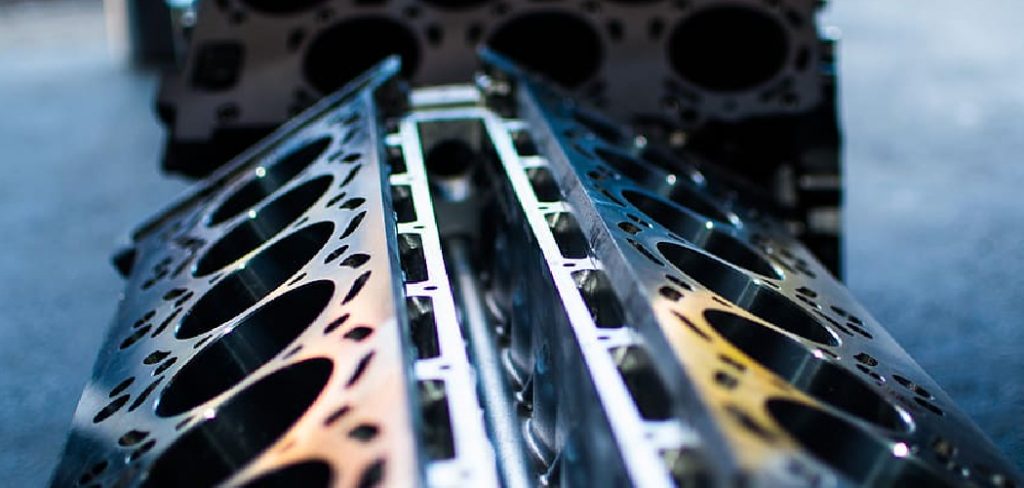
Common Causes for Holes in an Engine Block
Holes in an engine block can result from several underlying issues that compromise the integrity of the material. One common cause is overheating, which can lead to thermal stress and ultimately crack or weaken the block, creating an opportunity for holes to form. Another frequent cause is physical impact, such as a collision or the failure of internal components like a connecting rod, which can punch through the engine block.
Corrosion due to prolonged exposure to moisture or coolant leaks can also erode the metal, resulting in structural damage over time. Furthermore, excessive engine pressure or improper maintenance practices can contribute to conditions that allow holes to develop in the engine block. Understanding these potential causes is essential for diagnosing and preventing future engine damage.
10 Methods How to Fix a Hole in Engine Block
1. Assess the Damage
Before diving into repairs, it’s essential to thoroughly assess the size, depth, and location of the hole in the engine block. A small, superficial hole might be fixable with a simple patch or sealant, but larger or deeper holes could require more substantial repairs. The first step is to thoroughly clean the area around the hole and inspect it for cracks or other signs of structural damage. A magnifying glass or even a borescope can help you evaluate the exact extent of the damage. If the damage is extensive or affects key components, such as the coolant or oil passages, more advanced repairs or a complete engine replacement might be necessary.
2. Use Epoxy Engine Block Repair Kits
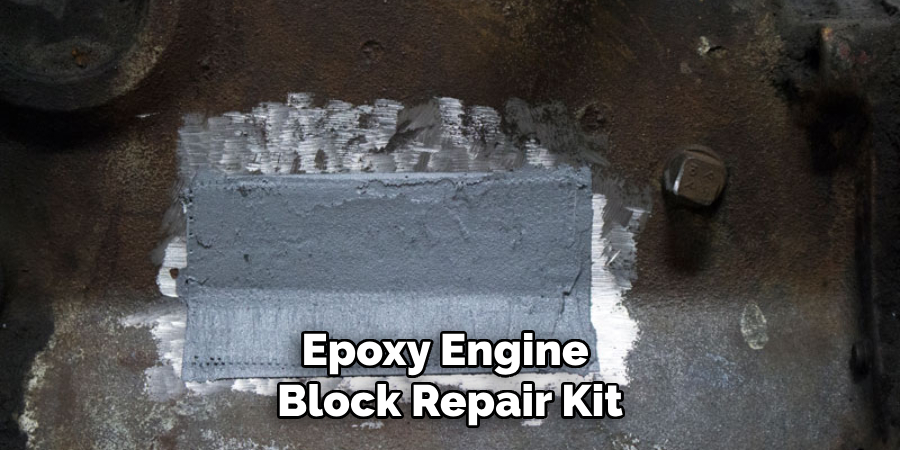
For small holes or cracks in the engine block, an epoxy engine block repair kit can provide a relatively simple and effective solution. These kits typically include a two-part epoxy compound that hardens when mixed, creating a durable bond capable of withstanding the heat and pressure of the engine. To use the epoxy kit, clean the area around the hole thoroughly and roughen it up with sandpaper for better adhesion. After mixing the epoxy, apply it directly to the hole, ensuring it fills the cavity completely. Allow it to cure as per the manufacturer’s instructions. This method works well for temporary fixes and is particularly useful for minor holes that are not in critical engine areas.
3. Weld the Hole
Welding is one of the most permanent and reliable methods for fixing a hole in an engine block, particularly if the hole is large. This technique involves using a welding machine to melt the surrounding metal and fill the hole with a compatible alloy. Aluminum welding is commonly used for aluminum engine blocks, while cast iron welding may be necessary for iron engine blocks. Welding requires precision, as improper technique can exacerbate the damage. It’s important to preheat the block before welding to avoid cracking due to thermal shock. Additionally, welding should be done by a professional or an experienced mechanic to ensure the engine block remains structurally sound and properly sealed after the repair.
4. JB Weld
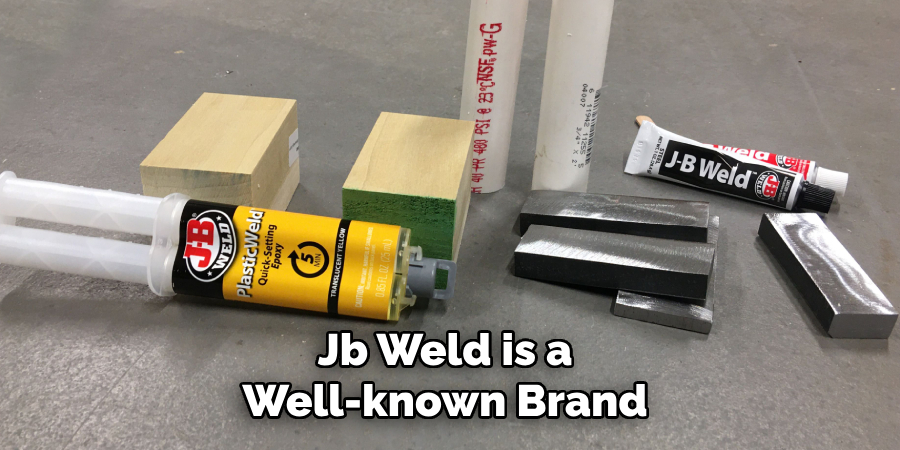
JB Weld is a well-known brand of epoxy that is designed to create a strong bond that can withstand high temperatures and pressure. It can be used to fix small holes or cracks in engine blocks, especially for temporary fixes or emergency repairs. To use JB Weld, clean the area thoroughly and roughen the surface to ensure a strong bond. Then mix the JB Weld compound and apply it to the hole, allowing it to cure for the recommended time. Once cured, JB Weld can withstand engine heat and pressure, making it a reliable choice for temporary repairs. However, it is not a permanent solution and should be followed by a more permanent fix.
5. Seal the Hole with a Metal Patch
In cases where welding is not an option, using a metal patch to seal a hole in the engine block can be an effective solution. A metal patch is a piece of sheet metal that is cut to fit the damaged area, then secured using high-temperature-resistant adhesives or fasteners. Before applying the patch, clean and prepare the damaged area by removing any dirt, oil, or debris.
The metal patch should be larger than the hole to ensure a strong seal. If necessary, you can drill small holes around the perimeter of the patch and use bolts or rivets to secure it in place. While this method can be effective, it is generally considered a temporary fix and may not withstand the long-term stress of engine operation.
6. Use a Threaded Insert or Plug
For holes that are located near threaded areas or where the hole is relatively small, you can use a threaded insert or plug. This method works well when the hole has affected a bolt or mounting point, as it allows you to restore the original thread size and functionality.
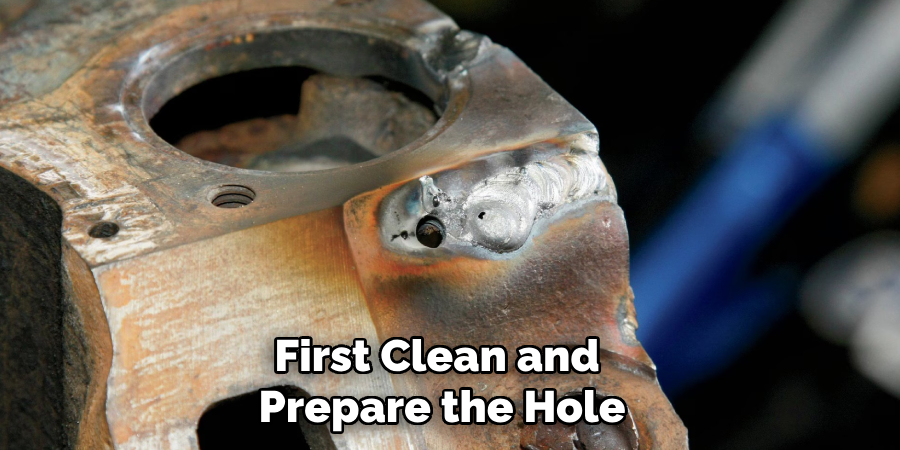
To use a threaded insert, first clean and prepare the hole by removing any debris. Then, drill the hole to the appropriate size and install the insert using a special tool that expands the insert to fit snugly within the hole. For smaller holes, a metal plug can be driven into place and sealed with high-temperature epoxy. This method can provide a strong, reliable repair, especially for areas where the structural integrity of the engine block is not heavily compromised.
7. Use a Metal Repair Stick
Metal repair sticks, often referred to as cold welding sticks or putty, are another useful tool for fixing holes in engine blocks. These products are made from a combination of metals and epoxy compounds, which harden to create a strong and durable bond. To use a metal repair stick, first clean and dry the area around the hole. Then, knead the stick until it becomes pliable, and press it firmly into the hole. Once it has hardened, it can be sanded smooth and painted over if needed. Metal repair sticks are ideal for filling smaller holes and cracks and are resistant to high temperatures and pressure, making them a suitable temporary solution for minor damage.
8. Replace the Engine Block
If the hole in the engine block is too large, deep, or located in a critical area, the most effective solution may be to replace the entire engine block. Replacing the engine block is a costly and time-consuming process but may be the only way to restore full functionality and safety to the engine.
If the hole has compromised the integrity of the engine, especially in areas that cannot be effectively repaired, a full replacement is the best long-term solution. Before replacing the engine block, consult with a mechanic to assess whether a rebuild or replacement is necessary. In some cases, a used engine block can be sourced to save on costs, but ensure that the replacement is in good condition and compatible with your vehicle.
9. Use an Engine Block Sealing Tape
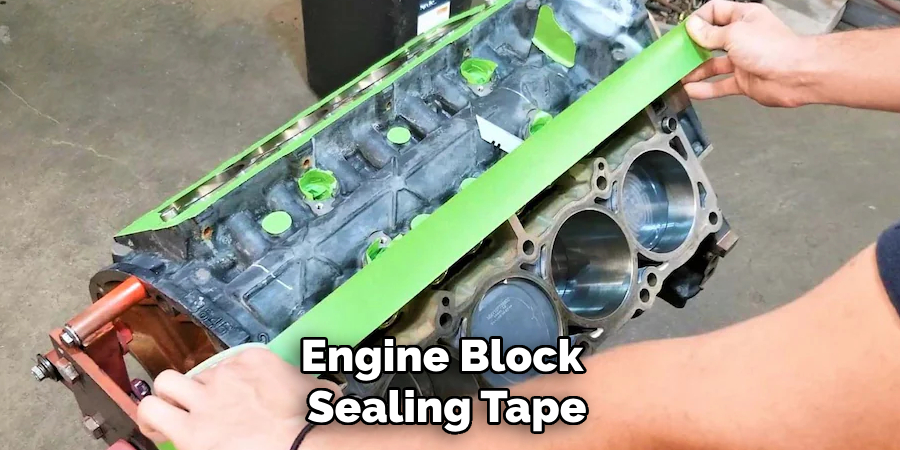
For a very temporary fix, engine block sealing tape can be used to seal small holes or cracks. This is a heat-resistant adhesive tape that is designed to withstand the high temperatures found in engine blocks. To use this method, clean the area around the hole, then cut a piece of sealing tape large enough to cover the damage. Press the tape firmly over the hole and allow it to bond. Engine block sealing tape can hold up to engine heat for short periods and can be useful for emergency repairs to get the engine running again. However, it is essential to follow up with a more permanent fix as soon as possible.
10. Consult a Professional Mechanic
If you are unsure about the best method to repair a hole in your engine block or if the damage is significant, it is advisable to consult a professional mechanic. Engine block repairs require expertise, and improper repairs can lead to further damage or even total engine failure. A mechanic can evaluate the damage, determine the most appropriate method for repair, and ensure that the engine remains safe and functional after the repair. Consulting a professional is particularly crucial if you are dealing with an extensive crack or hole, as specialized equipment and techniques may be necessary to address the problem effectively.
Conclusion
Repairing a hole in an engine block is a challenging task that requires thorough assessment and the right tools and materials. While there are several methods available, ranging from epoxy and metal patches to full engine block replacements, each solution varies in complexity, cost, and durability. It is crucial to choose the method that best suits the extent of the damage and the specific needs of your engine. Thanks for reading, and we hope this has given you some inspiration on how to fix a hole in engine block!
About
Safety Fic is a distinguished figure in the world of Diy design, with a decade of expertise creating innovative and sustainable Diy solutions. His professional focus lies in merging traditional craftsmanship with modern manufacturing techniques, fostering designs that are both practical and environmentally conscious. As the author of diy, Safety Fic delves into the art and science of Safety Fic-making, inspiring artisans and industry professionals alike.
Education RMIT University
(Melbourne, Australia) Associate Degree in Design (Safety Fic) Focus on sustainable design, industry-driven projects, and practical craftsmanship. Gained hands-on experience with traditional and digital manufacturing tools, such as CAD and CNC software.
Nottingham Trent University
(United Kingdom) Bachelor’s in diyfastly.com and Product Design (Honors) Specialized in product design with a focus on blending creativity with production techniques. Participated in industry projects, working with companies like John Lewis and Vitsoe to gain real-world insights.
Publications and Impact
In diy, Safety Fic his insights on indoor design processes, materials, and strategies for efficient production. His writing bridges the gap between artisan knowledge and modern industry needs, making it a must-read for both budding designers and seasoned professionals.
